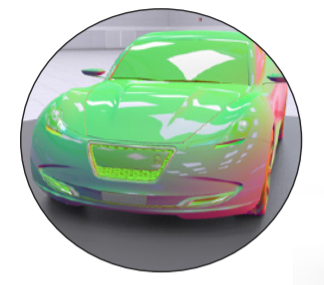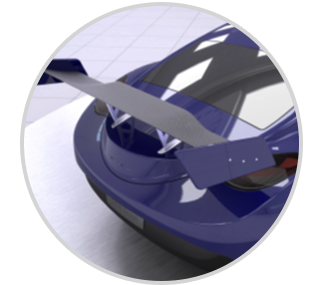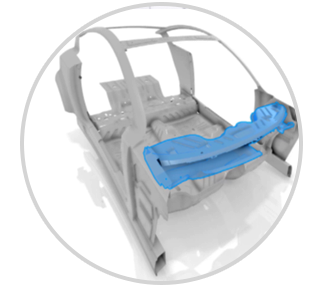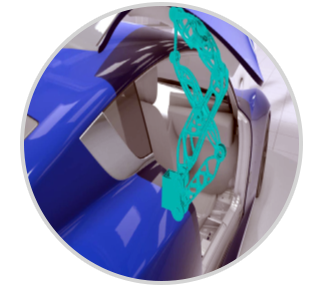Minimize Part Weight and Reduce Cost using Lightweight Engineering Solution
Lightweight engineering is performed on products, geometry and function. Designers must push past conventional ways of working to think outside the box. Meeting customer demands is imperative which means innovating one concept at a time is no longer a sustainable method.
CATIA Lightweight Engineering solution provides designers with the expert capabilities to minimize part weight, maximize stiffness, reduce cost and optimize material usage.
This solution seamlessly integrates design, simulation and analysis, upto manufacturing across all disciplines within the 3DEXPERIENCE platform. This allows parts to be refined, validated and completed collaboratively and in-context.
- Optimize product weight and stiffness with lightweight engineering
- Reduce time and cost by evaluating concepts faster
- Evaluate more concepts while maintaining design specifications
- Leverage real editable geometry for both conventional or additive manufacturing
- Easily generate and simulate optimized concept shapes
- Manage collaboration between Design, Simulation and Manufacturing Engineers seamlessly
- Create exciting new products at a faster rate and lower cost
-
Ensuring compliance to reduce carbon emissions and providing alternatives to conventional materials
- Integrated environment to increase productivity cognitive augmented design, simulation-driven design, reverse engineering, composite materials, hydro-formed sheet metal and stamping die
CATIA Lightweight Engineering
CATIA Lightweight Engineering provides designers with the expert capabilities to minimize part weight, maximize stiffness, reduce cost and optimize material usage. Designers must push past conventional ways of working to think outside the box. Innovating one concept at a time is no longer a sustainable method.
Let us have a closer look the various techniques that will help in finding the right balance in reducing weight, cost and material usage and maintaining or increasing strength, stability and safety.










